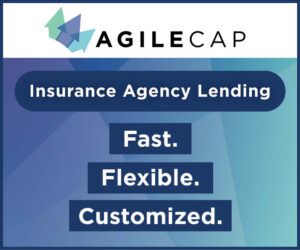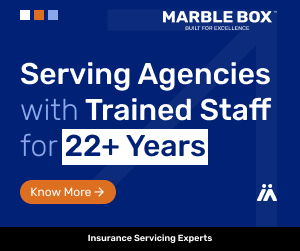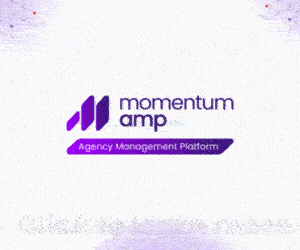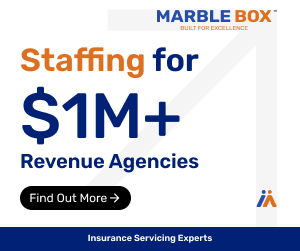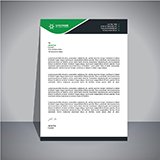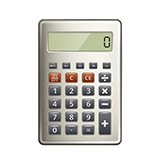The Agency Business Plan: A Roadmap To Success
The Planning Process
Analyze the Available Data
In order to analyze the agency data, it must first be collected. Some of this can be accomplished by the use of the agency's management system, but that is not always possible. I am amazed at how weak some of the report features are in the computer systems sold to agencies. They seem to be developed by people who have never owned or managed agencies. Sorry to digress, but that factor was one of most difficult challenges to overcome.
If the data cannot be obtained from the management system, it must be uncovered the old fashioned way, by manually counting, asking and assembling. What kind of data are we obtaining? We must analyze production and account data; computer data and usage; sales strategies and results; agency procedures and policies; communications; customer service; agency organization; financial position and business planning. As a result of my previous independent agency experience and the 21 years I spent consulting with and observing agencies, we created a checklist/score card.
With this tool we were able to not only identify and place a score on our present position, but also to establish our priorities of what had to be "fixed," who was responsible to assure that it was accomplished and when that needed to be completed. No shotgun approach here. Very directed and systematized.
Understand the Agency's Objectives
Understanding the agency objectives seems simple enough. Most agency owners have mental pictures of their objectives and they are similar. They consist of increasing the value of their business and providing themselves with higher income. While these are laudable goals, very few agency owners ever attain what could be. That's because there is little or no effort placed in establishing the accomplishments necessary to attain these lofty goals. The agency's challenge is to identify interim steps that must be accomplished in order for the agency to achieve the greater objectives.
Determine the Agency's Assets and Course of Action
Our next objective is to determine the agency's assets and course of action. Assets consist of first; a realistic assessment of the agency personnel. We believe that you must grade each person, including the agency owner, on how they currently perform their job on a scale of 1 – 10 (10 being the highest and 1 being the lowest). Then grade each person from 1 – 10 on what they could be, if they were properly trained or managed. Anyone who falls under a 7 in what they could be should be guided toward career adjustment. It might be beneficial to both you and the employee, if they were qualified for another job in the agency and a job change could be effected. However, you must be prepared to replace a non-performer.
Employees and owners are not the only agency assets. Others could be the agency's location, relationships, customer base, Internet presence, etc. All of these have to be considered before the agency determines its course of action. This determination, when written, will become the agency's Business Plan. Business Plans are dynamic documents, road maps if you will, that are continually being updated and changed, but, if used properly, will ultimately lead the agency to success that is far beyond that attained by other agency owners.
Inform All Personnel and Companies of the Course of Action
Once the Course of Action is determined, it is time to discuss the changes with all agency personnel and to enjoin the support of your companies. A positive spin should be put on all proposals and each participant should know what part they play in the re-engineering of your business.
An old adage of business is: "If you keep doing what you've done, you'll keep getting what you got." In fact a definition of insanity is, "Repeating what you've done in the past and expecting different results." Change is difficult to the human psyche and must be continually reinforced until new habits are developed. Therefore, it is necessary to continue to reinforce changes and to solicit responses from employees and company personnel to determine that everyone is still "on track."
Write the Plan Needed To Attain the Established Objectives
The final step is to reduce the plan to writing by creating an Action Plan and establishing regular follow-up to make certain that everyone is on the same page all of the time. In other words, it is time to follow-up on the plan. This should be done on a monthly basis — WITHOUT FAIL. Little change is accomplished without regular follow-up.
Everyone knows that you can't take one golf lesson and then join the PGA. It takes many lessons, practice and regular coaching to attain that kind of success. The same is true of agency operational changes. There must be regular follow-up and coaching provided by the ownership and management of the agency.
Conclusion
By applying the steps and disciplines outlined above an agency can not only change direction, but also change the "culture" of their agency. Another benefit that we derived from agency business planning and the application of a restructured procedure manual was a reduction in our Errors and Omissions Insurance premium. Even if that weren't true an agency can certainly increase productivity, improve customer relations and markedly increase the value of their agency by writing and implementing an agency business plan.
Jack Fries is president of Fries & Fries Consulting, an automation, sales and management consulting firm aimed at improving agency profitability, work flow and customer service. For assistance in creating your business plan, check out his business planning manual at www.jackfries.com/product.htm.


